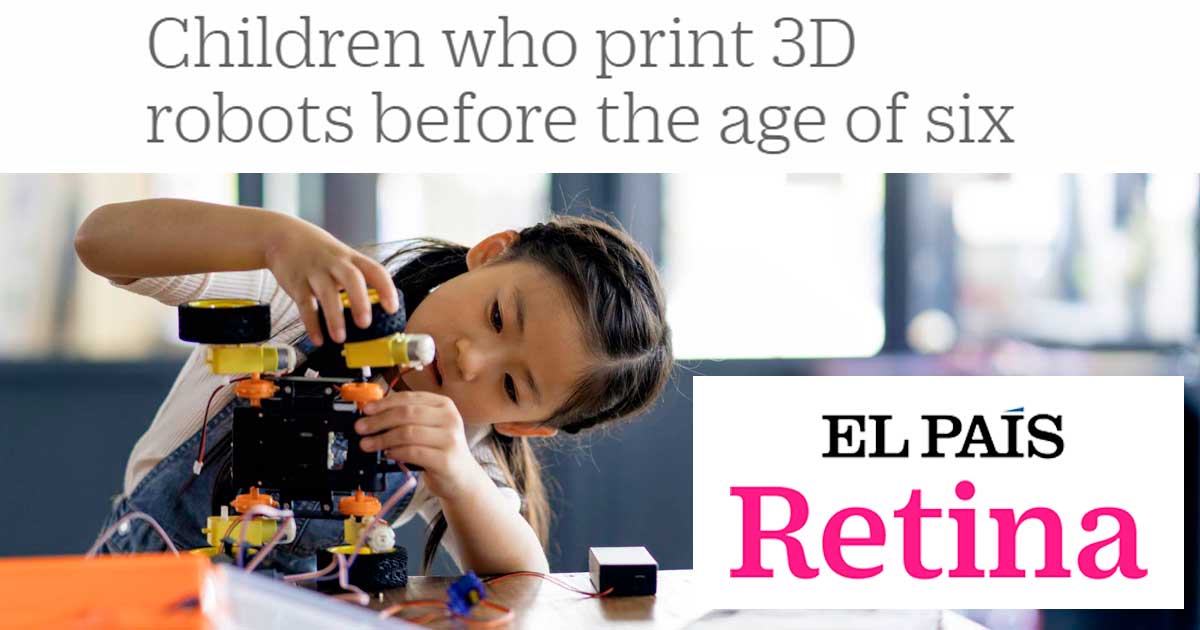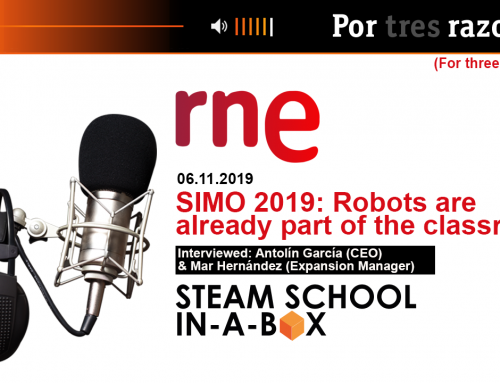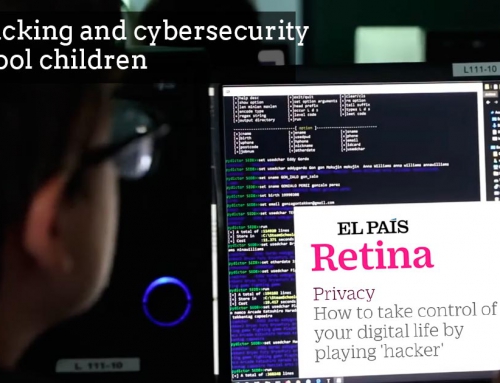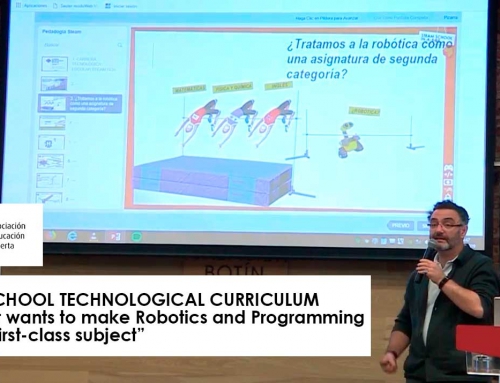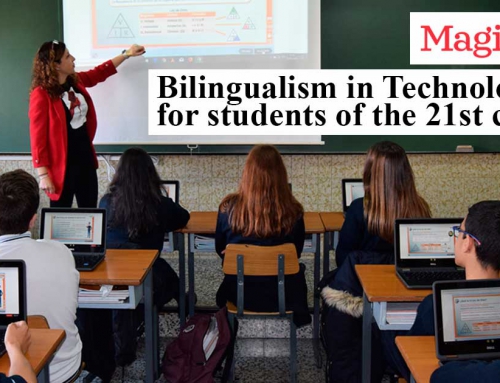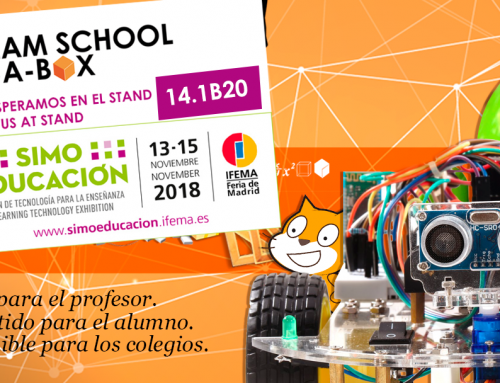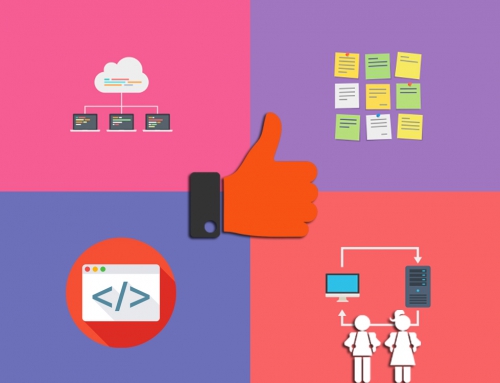EL PAÍS Retina reviews the STEAM SCHOOL IN-A-BOX method on the occasion of its implementation in the technological projects developed by different schools of the Region of Madrid. We review the content of the article here.
Children that learn how to 3D print robots before the age of six
By Javier Cortés
23/01/2019
Schools are gradually losing fear of implementing technology in classes and experiment with practical methodologies to teach children how to program

In 1983, a Canadian newspaper asked Isaac Asimov how did he think the future would be like; the year 2019, specifically. The writer didn’t forget about education in his predictions: he imagined computers as an element so crucial for education that will turn the teacher in a mere guide.
Asimov was not misplaced if we see some of the most important initiatives in the field of technology that are being developed in schools. In the Amor de Dios school, in Madrid, students work in a project that consists of building a robotic vehicle using an open-source platform with a trial and error methodology. This confirms the writer’s predictions.
“We don’t have a textbook, students access a platform in which they are proposed a series of projects that they must complete and gradually become more difficult”, explains Esperanza Infantes, teacher of Technology and Maths in the school. “When they are wrong, the only thing they have to do is trying it again. Teachers are here to guide them, to explain things to them and to answer to their questions, but the students are the ones who try over and over”.
The platform they work with is developed by STEAM SCHOOL IN-A-BOX, a company whose educational model is based on discovery learning. CSince last school year, Fuenllana, a school in Alcorcónworks with them. This year, the institution will encourage its students to develop a mechanical arm using the knowledge they have acquired in the platform. Also, the school Villamadrid is, for the first time, implementing this methodology applied to robotics and programming within their program to expand their educational offer.
“The main advantage of this platform is that teachers don’t need to have advanced computer skills to teach”, points out Cristina Sánchez, a teacher in said school. “At the beginning, it might be frightening. Everything that is new is difficult. But as you get used to it, you see that the feedback is positive and that students learn and have a lot of fun”.


